
We have often been asked to compare the 3D Learner Program, including UFLI, with Orton Gillingham, a well-accepted systematic phonics-based program. Below is what ChatGpt offered. The only two changes we made were that we identify and address visual processing issues, and we provide parent training.
Now that the 3D Learner Program includes UFLI (University of Florida Literacy Institute), it has incorporated a structured, research-backed phonics approach alongside its visual-spatial learning strategies. This changes the comparison with Orton-Gillingham (OG) because both now include systematic phonics instruction but still differ in delivery, philosophy, and additional skill-building focus.
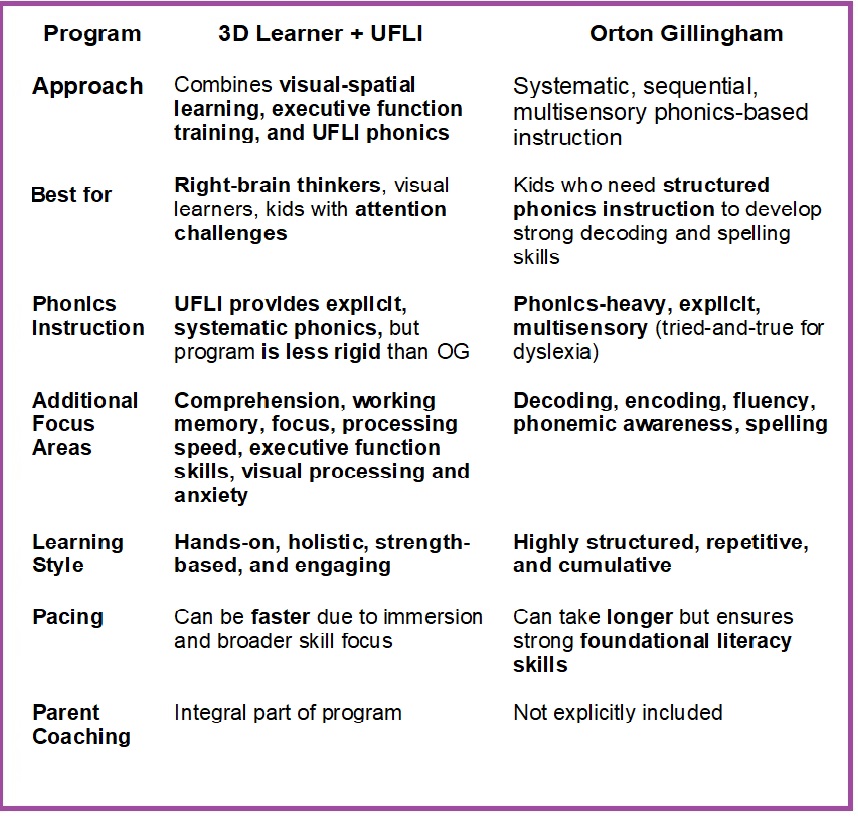
Why Would a Parent Choose One Over the Other?
Choose 3D Learner + UFLI If:
✅ Your child is a visual learner, a kinesthetic learner or visual-spatial learner and struggles with traditional phonics-based approaches.
✅ Your child has attention issues, processing challenges, or executive function deficits that need support.
✅ You want a faster, more immersive approach that also develops comprehension, memory, and confidence.
✅ You want phonics instruction (via UFLI) but also a whole-child approach.
✅ You want parent coaching to be the coach and advocate your child needs.
Choose Orton-Gillingham (OG) If:
✅ Your child needs explicit step-by-step phonics instruction with lots of reinforcement and repetition.
✅ Your child struggles primarily with decoding, spelling, and phonemic awareness and does well with structure.
✅ You want a long-term, proven, research-backed program focused solely on reading and spelling skills.
✅ Your child thrives in a predictable, highly structured learning environment.
Which works best for a student with dyslexia, who is a visual learner or a kinesthetic learner, with problems with reading comprehension, attention, visual processing and anxiety.
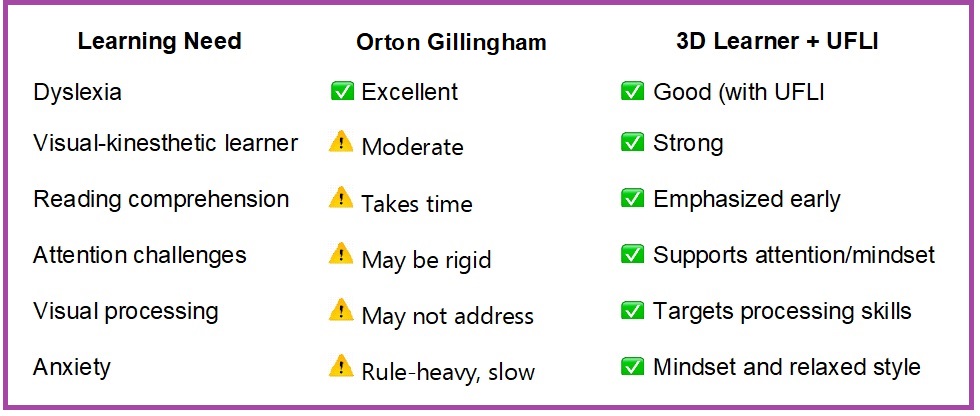
If you would like to discuss what 3D Learner offers,
you can either call us at
561-361-7495 in Florida,
919-371-5295 in North Carolina,
or schedule a call with us at Let’s Discuss Your Specific Challenges.

Most smart struggling students learn differently. They go by different labels, which are quite similar
- A visual-spatial learner learns best when they see and experience information
- The right-brain learner often is creative, a good problem solver and thinks in 3D, the challenge is their left-brain is often weaker
- The neurodivergent learner is a newer label that in many cases, the students we have seen, resembles the visual-spatial or right-brain learner
Most right-brain, visual-spatial or neurodivergent learners are more likely to struggle with social-emotional issues, because they see the big picture- and become overwhelmed and do not know where to start…so they freeze. Their challenges might include:
- Their academic performance is often far below their potential
- Most remediation work focuses on their challenges and
- They often lose confidence in themselves and may say they are “stupid” or “not as smart as others”, when in fact they have some real gifts
Click here for a no cost screening tool to see if your child is a
right-brain, visual-spatial or neurodivergent learner
If you would then like to discuss your specific situation,
give us a call at 561-361-7495 or click here to schedule a time to discuss
“What you have discovered about your child”
Am I not as smart as others ? OR
OR
Am I a gifted visual-spatial right-brain learner?
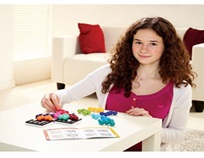
While only 15 to 20% of the population has a visual processing issue, the right-brain visual-spatial learner is much more likely to have the issue — closer to 75%. From a child’s standpoint, this too has a negative social-emotional impact as they may
- Struggle to catch a ball or be clumsy, and think they do not ”fit in”
- Skip words and lines when reading
- Make what others call “stupid” mistakes on math tests as they miss signs, misalign their numbers and struggle to get the right answer
What really frustrates us is that people will too often say that this issue is not real or that one should just have accommodations – because any treatment is prohibitively expensive.
The good news is that when you teach a child the way they learn best and identify and address their visual processing issue — they can often do far better.
We also have a much more affordable option to improve visual skills.
From a kid’s perspective, they will often see improvement in reading, math and sports — with a real boost to their confidence and self-esteem.
The Challenge Parents Face
From a parent’s standpoint, you may or may not know if your child is a right-brain visual spatial learner or whether they have visual processing issues.
We recommend that you do both of these yourselves and then ask the same questions to your child. Their answers may surprise you.
Below are two screening tools you can use to see if:
1- Your child is a right-brain visual spatial learner and
2- If your child has a visual processing issue
If you would then like to discuss your specific situation,
give us a call at 561-361-7495 or click here to schedule a time to discuss
“What you have discovered about your child”
Note, we have seen right-brain visual spatial learners make 2., 3 and even 4-year gains when one capitalized on their strengths, identifies and challenges and reduces their anxiety, while boosting their confidence
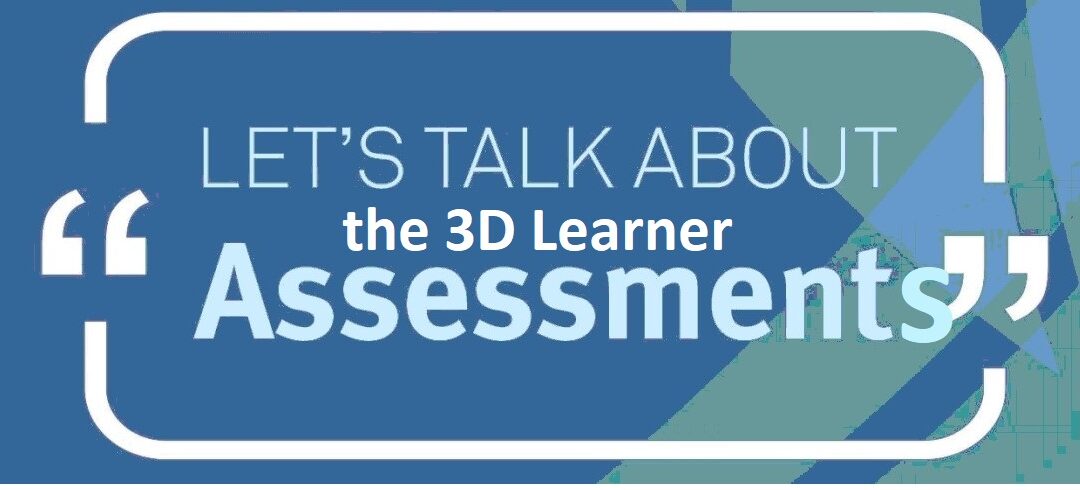
Most smart struggling students are right brain neurodivergent learners.
Closing the Read Gap often focuses on dyslexia and reading fluency. We believe these are two critical issues, but we believe that improving reading comprehension is the key goal that is needed to succeed in life.
Our daughter went through years of dyslexia training, but in 8th grade her reading comprehension was still 3 years below grade level, even with a 119 IQ.
When we were told by her guidance counselor that our daughter was not college material, my husband Mark turned to my daughter and asked her, “What do you want to be when you grow up?” Without batting an eyelash, she responded, “The teacher I never had”. The guidance counselor responded, “Honey you can be a teacher’s aide”.
At that moment I became a mom on a mission. Leveraging my Master’s in Education and a commitment to help my child succeed, I did my research.
I discovered that my daughter was a right brain kinesthetic learner, who learned best when she saw and experienced information. I then developed what has become known as the 3D Learner Program ® that helped my daughter improve her reading comprehension 4.2 grade levels in 7 months. She later earned her Master’s in Education from the University of Florida. She truly became the teacher she never had.
 The icing on the cake came in August 2024 when our daughter earned her Doctorate in Education from the University of Florida
The icing on the cake came in August 2024 when our daughter earned her Doctorate in Education from the University of Florida
 Over the last 28 years, we have helped thousands of students succeed, with a hands-on visual program that recognizes that:
Over the last 28 years, we have helped thousands of students succeed, with a hands-on visual program that recognizes that:
– Most smart struggling students are right brain kinesthetic learners, who can close the reading fluency and reading comprehension gaps much faster when one leverages their strengths and identifies and addresses their challenges.
– Almost 75% of the students we have assessed have a significant visual processing issue. They might be able to see well, but their eyes do not work effectively together. This results in their skipping words and/or lines when reading. See this video for how one of our student’s eyes tracked before and after our intervention.
– Many have problems with executive function challenges.. They frequently have trouble paying attention to that which is boring or frustrating. Working memory and processing speed issues are also common
– Anxiety issues are frequently present
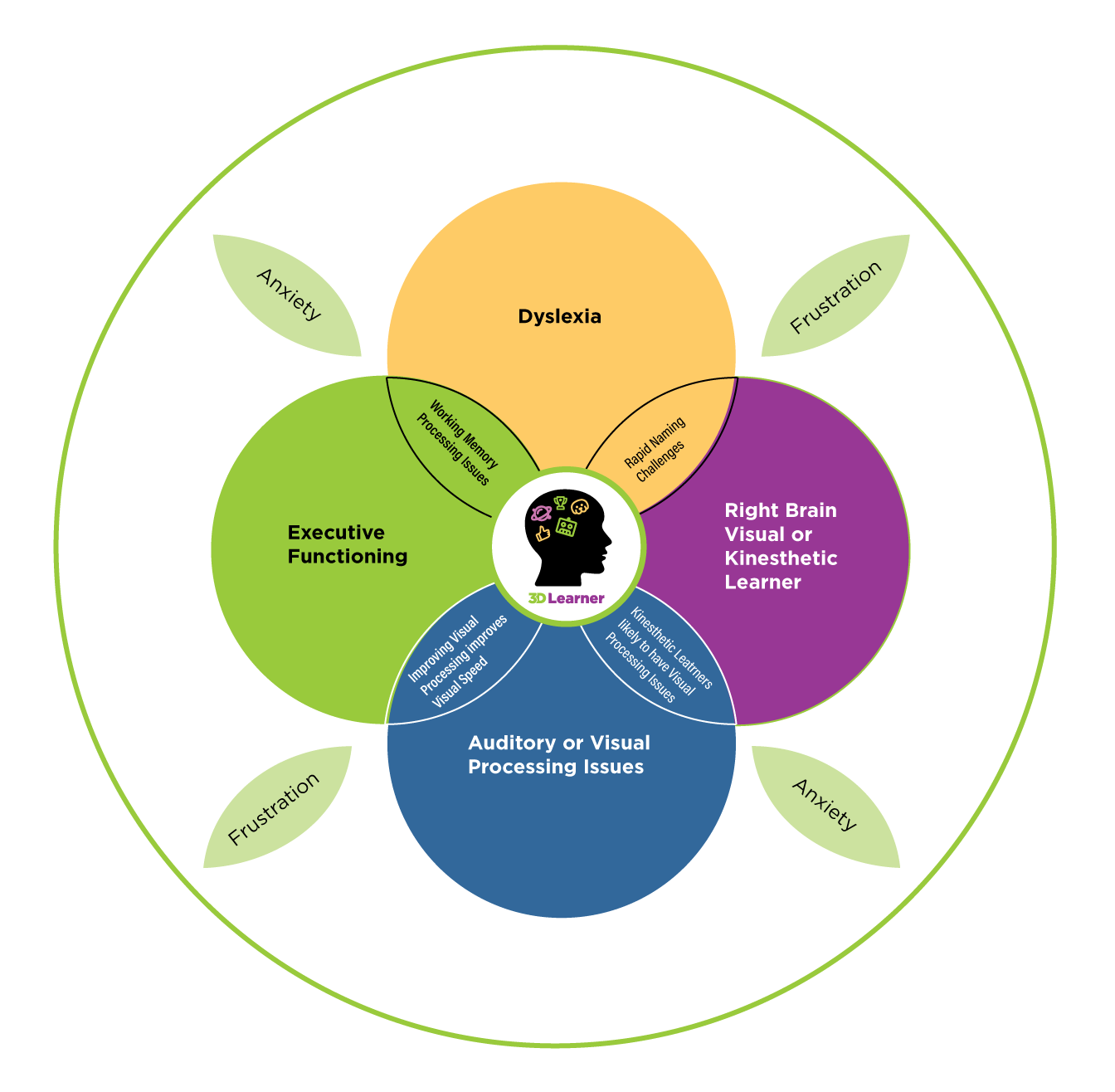
Many smart struggling students are right brain, visual or kinesthetic learners, who often, but not always have visual processing, executive function, dyslexia and/or anxiety challenges
To help you to better understand whether your child is a right brain kinesthetic learner and whether they have a visual processing, attention and/or anxiety challenge, we have developed three different assessment tools you can use. We strongly urge you to answer these questions with your child, their answers may surprise you.
Click here to download:
– Does my child appear to have an attention and/or anxiety challenge?
If you complete these three screening tools and scan them, you can email them to me at parents@3dlearner.com and schedule a no cost consult — two or more days later. To schedule your consult, you can either call us at 561-361-7495 or click here to schedule a Close the Reading Gap Conversation.
We also offer a comprehensive assessment that includes:
- The Structure of Intellect Assessment ® that shows how your child learns best, where they are strong and where they struggle. One principal commented that this was the best assessment they had ever used. She asked her Special Education Specialist why they had stopped using it. The answer was that the SOI does not label a child, which is what the school needs to do to qualify a student for special education. What it is good for is tailoring a program to help a child succeed, which is why 3D Learner uses it.
- For third graders and above we include the Mindprint Assessment ® that assesses Executive Function Skills. This tool was developed by a team at the University of Pennsylvania. It identifies strengths and challenges related to attention, working memory, processing speed and flexible thinking.
- A Core Dyslexia Assessment.
- A reading comprehension assessment.
 This assessment can be done online.
This assessment can be done online.
For the right brain neurodivergent learner, our comprehensive assessment will identify how your child learns best, where they are strong and where they struggle, whether they appear to have a visual or auditory processing issue, whether they have dyslexia, and what their present level of reading comprehension is. It often boosts a student’s self-esteem and allows us to tailor a program to help your child succeed.
For any parent who attends the Closing the Reading Gap Program and who invests in our Comprehensive Assessment by November 30th, 2024, 3D Learner will offer a 20 percent discount on our comprehensive assessment.
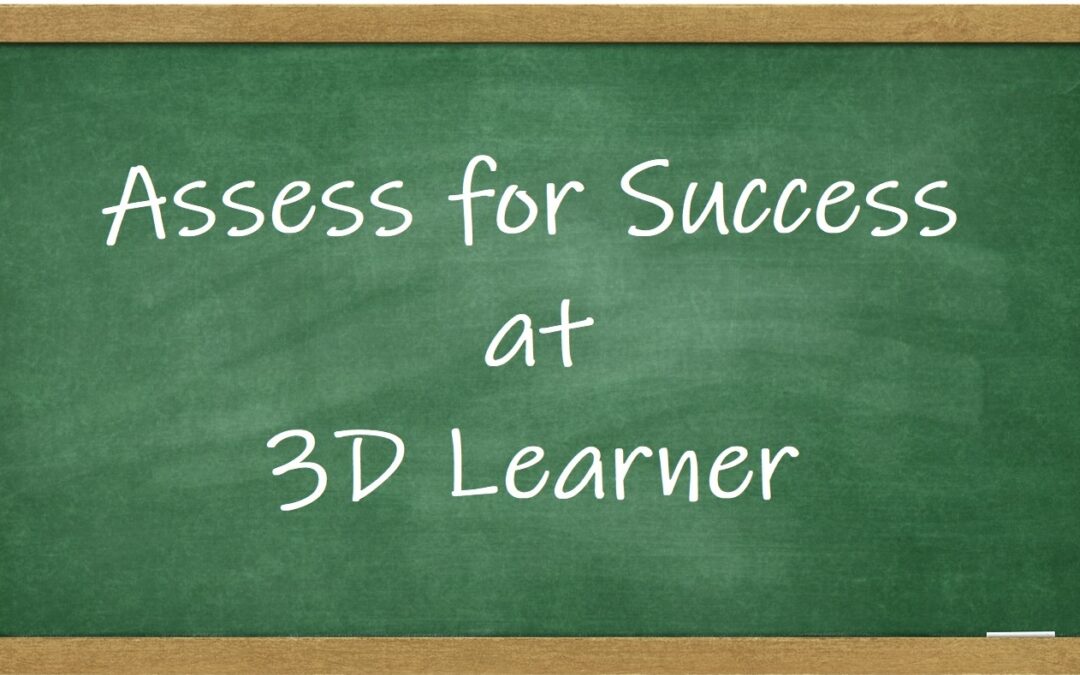
Students today are often struggling with reading fluency, reading comprehension and/or math.
Three of the greatest educational risks are:
- Parents often do not know what their child’s present level of reading fluency, reading comprehension and math skills are at
- Students who learn differently (i.e. neurodivergent, right brain and kinesthetic learners) often fall behind — as neither school based or home school curriculum may be consistent with how they learn best
- Without testing, parents may not be aware of how their child learns best, where their child is strong and where their child struggles
The opportunities for parents include:
- There are real benefits with an assessment that shows you::
- How your child learns best
- What are your child’s strengths and challenges
- What is your child’s present level of performance for reading fluency, reading comprehension and math
- If needed, the assessment can help educators to tailor a program to:
- Capitalize on how your child learns best
- Improve their reading speed, reading comprehension and math skills
- Help you to be the coach your child needs
- How you can help your child be all they can be
How 3D Learner Assesses for Success
Mary called and was not sure about her child’s reading fluency, reading comprehension and math skills were at. She had tried two years of dyslexia treatments. Mary was not interested in labeling, but she was very interested in knowing:
- How her daughter learned best
- What her daughter’s strengths and challenges were
- What was her child’s present level of reading comprehension, reading fluency and math
- If there were significant gaps, could we help her daughter get to grade level or above
- Whether what we offered could improve her child’s baseball and soccer skills. Mary knew that her daughter would be even more interested in help, if it could make her better at baseball or soccer.
Mary shared a few of her frustrations, that included, her daughter:
- Understood stories when Mary read them to her, but struggled with silent reading comprehension
- Read more fluently, but often had difficulty remembering words she had seen and not mastered
- Was good at math, but was now struggling with math word problems.
We then asked Mary what her daughter was good at, Mary shared that her daughter:
- Had an excellent memory for things she had seen and experienced
- Was a good person — who loved playing with younger kids and cared about seniors
- Was good at baseball and soccer but was inconsistent. Three area of concern were:
- Her daughter would sometimes lose focus during a game
- In baseball, she would sometimes hit the ball well, but too often she would pull the ball foul
- In soccer, her shots often went to the right side of the goalie
- Her daughter was frustrated that she was not doing as well as she wanted to
We shared this infographic with Mary and explained how we assess for how the student learns best and whether they have a visual processing, executive function, dyslexia and/or anxiety challenge.
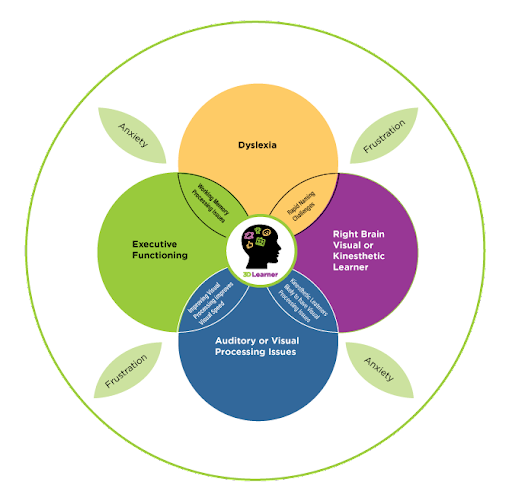
- Many smart struggling kids learn differently. They are often a neurodivergent, right brain or kinesthetic learner, who learn best when they see and experience information. This is important to know, because if they learn differently, it alters the way you teach them, the curriculum you may choose, how you parents them and how one coaches them in sports.
- 74% of the students we see have a visual processing issue – they may see the whole field or the whole room, but their eyes have difficulty converging. This often results in their skipping words and/or liens when reading and having difficulty catching a ball.
- The executive function challenges we often see may include:
- Difficulty sustaining attention and either being hyperactive or impulsive. When we assess a student with the Interactive Metronome ®, we often see that a student’s body moves faster than their brain. In sports, this results in hitting the ball too early. In baseball that would explain pulling it foul or for a right footed kicker, hitting the soccer ball to the right of the goalie. In life, the attention issues may results in a child losing focus when doing work or during a game
- The working memory assessment often shows a student has an excellent visual memory, but has difficulty remembering what they have heard or read
- The Dyslexia Assessment shows where a child is strong and where they struggle. We can assess for Dyslexia and we can also tailor a program that focuses on the key issues
- The reading comprehension assessment shows two different challenges:
- A number of students are below grade level
- Some students are at grade level, but the assessment shows they should and could be well above grade level
- Our math assessment shows us where a student is at and where they struggle
- The anxiety assessment often shows the student gets very anxious in certain situations
Mary asked about the tools we use and whether it is different from what schools and psychologists assess for. We shared that:
- The key assessment tool we use is the Structure of Intellect Assessment ® that shows how a student learns best, where they are strong and where they struggle.
Comments from a principal, a special educator and a psychologist
- A principal asked a special educator why their public school stopped using this assessment. The special educator said “We are required to find a disability in order to provide services. This assessment does not do that. 3D Learner has the luxury of focusing on tailoring a program to help a student succeed
- A psychologist commented, “I wish we could shift our focus from labeling to how to help a child succeed”
- The Visagraph ® we use to show if there is an eye tracking issue can show both the initial challenge and can be used post training to show the results Here is a video that shows a student’s eye tracking before and after training. He commented,. “I now enjoy reading and do much more of it”
- We use the Mindprint Assessment ® developed by by the University of Pennsylvania to assess executive function skills
- We use a Woodcock Johnson ® Reading Comprehensive Assessment
- We use the Core Dyslexia Assessment ® developed by the University of Florida to assess phonics, phonemic awareness and reading fluency. It also helps us to see if the child has dyslexia,
- We use the Perceptions Math Assessment ®
- We use Heartmath ® to assess for anxiety
When we assessed Mary’s daughter we did find that:
- She was a neurodivergent, right brain or kinesthetic learner who learns best when she sees and experiences information
- Her daughter had a number of skills that were well above grade level, but struggled with a few key skills
- She did have a significant visual processing issue
- Attention was an issue and her daughter’s body was racing faster than her mind This explained some of the self-control and sports related issues
- Her visual memory was excellent, but her auditory memory was weak
- She no longer has significant issues related to reading fluency, but there were some areas where she could benefit from additional training
- Her reading comprehension was a year below grade level
- Arithmetic was not an issue, but that word problems were
- Anxiety was an issue
Mary has the flexibility to prioritize training and her daughter was able to make significant gains over the next six months in reading comprehension, math, attention, visual processing, and self-esteem. Her baseball and soccer skills improved too. Mary commented that knowing my daughter was a neurodivergent learner with visual processing and executive function challenges changed everything, and addressing the whole child changed her life. She also added that by helping to improve my daughter’s baseball and soccer skills, you engaged her in the process.
If you would like to discuss your child’s situation and learn more about how we Assess for Success, you can call us at 561-361-7495 or click here to schedule an Assess for Success Conversation. Note, these assessments can be done in person or via zoom.
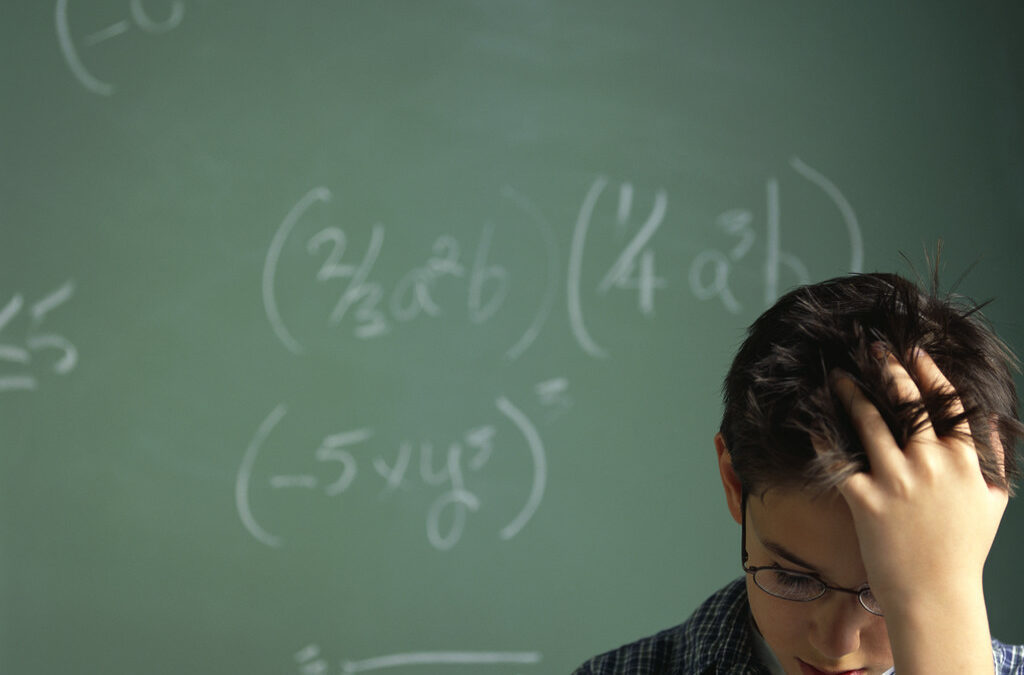
Difficulty with math word problems is one of the most common academic challenges our students are experiencing. If a child is struggling with reading, it is an even bigger frustration, but even for those good readers- trying to solve word math problems is frustrating. We often hear “This isn’t math– this is reading!!” This blog post will cover five main points that are often overlooked when approaching these problems:
- If your child is struggling with math word problems, they are not alone. We think that most of these problems are written by math whizzes who do not really think about the words they used. It is vital that students understand the necessary math vocabulary that they can relate to. (What does “Susie has 4 less apples than Bobby has” mean?)
- Virtually every student we have worked with can do far better in math with a visual kinesthetic approach that allows them to see and experience the problem. This works well for all students, and especially for the right brain kinesthetic learner who learns best when they see and experience information. We are seeing so many students who just have no number sense. They haven’t had sufficient time to “just play” with numbers. Looking for patterns, mastering the various combinations that make 10. We are pushing math “reading problems” before these kids have mastered playing with numbers.
- Visual processing issues are quite common, and students often make what appear to be “silly” mistakes. They might not line up the columns of numbers correctly, or they make computation errors in one of the multiple step problems, making the final answer wrong.
- They HATE to show their work!!! “I can do this in my head… Why do I have to write it down?”
- Problems with language, visual processing, working memory, processing speed and anxiety often make the situation worse. They just have a difficult time knowing what they are supposed to do. It is important to identify and address the relevant issues.
Calm visual parenting helps. By this we mean:
-
- Do not assume your child understands your words. Use pictures where possible. Have them “teach” you what they think they are supposed to do. Gently guide them to what is actually supposed to be done. “That’s not the way my teacher does it”- might be their response. Make sure you get clarification from the teacher. Students ARE BEING SHOWN multiple ways to solve a problem– often in a different way than you learned it. This is not a battle! Try to keep those emotions and comments to yourself. (I know. It’s hard!)
-
- Kinesthetic learning really helps. Using flashcards when teaching math facts does not create a picture they can relate to. Laying out rows of M&Ms, or clay balls can help them.
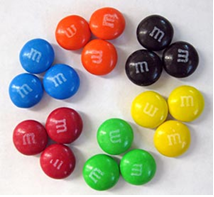
-
- Most students learn best when they discover the pattern. Math is all about patterns!
- Stay calm. When your child does not understand something — it is because it has not been explained in a way that works for them. Try another more visual kinesthetic approach.
With math word problems, what is possible for the right brain kinesthetic learner
Our expertise is with the student who learns best when they see and experience information – what we call a right brain kinesthetic learner.
For Alex, progress was relatively quick. He thought he understood the words but had visual processing and working memory challenges. It was difficult for him to figure out what he was supposed to do. He was impulsive and did the problems far too quickly. He made a number of mistakes.
After our assessment showed the visual processing, working memory and impulsivity issues, we worked on improving his visual processing and working memory and slowed him down.
We also changed his name to Inspector Alex — he loved it. We had to explicitly show him ways to check his work. He was rewarded if HE found a mistake before we did!!
We also worked with his parents and helped them to be calmer and more visual.
Calm visual parenting both makes you more effective and reduces the stress on your child and you. In this case, Alex was able to reduce the average time to do math homework from 75 to 30 minutes.
Alex did get accommodations at school. We were able to improve the accommodations to allow for less problems on a page, the use of wide margin graph paper and extra time
Within a few short months his math grades went from a 53 to a 97. He soon thought of himself as “good at math”!
Jennifer had more of a challenge. She needed to go back to basic math patterns and understand math concepts as well as the words that were being used. She also needed to improve her working memory and visual processing.
We helped her parents to better understand how to be calmer and more visual.
Jennifer did get accommodations at school. We were able to improve the accommodations to allow for questions to be read to her, less problems on a page,have her draw out the question and the use of wide margin graph paper as well as extra time
She was able to improve her performance from the 1st percentile to the 47th percentile. Math may be harder for her than other subjects will be — but she now has confidence in her ability to lay out problems and know when to ask for help.
Challenges with math word problems do not need to be lifelong challenges. By teaching to your child’s strengths,and identifying and addressing their challenges, performance can improve in months. For the right brain kinesthetic learner — calm visual parenting helps
If you would like to discuss your child’s challenges with math word problems and/or other issues, you can call us at 561-361-7495 or click here to schedule a Calm Visual Parenting conversation.


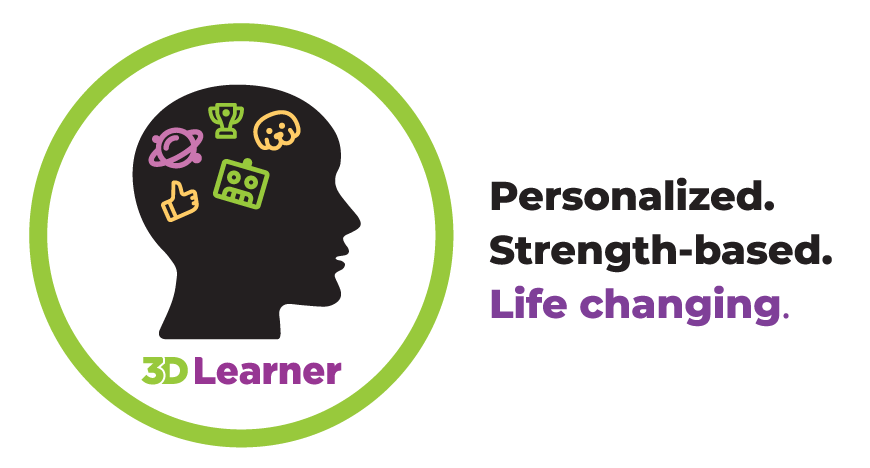
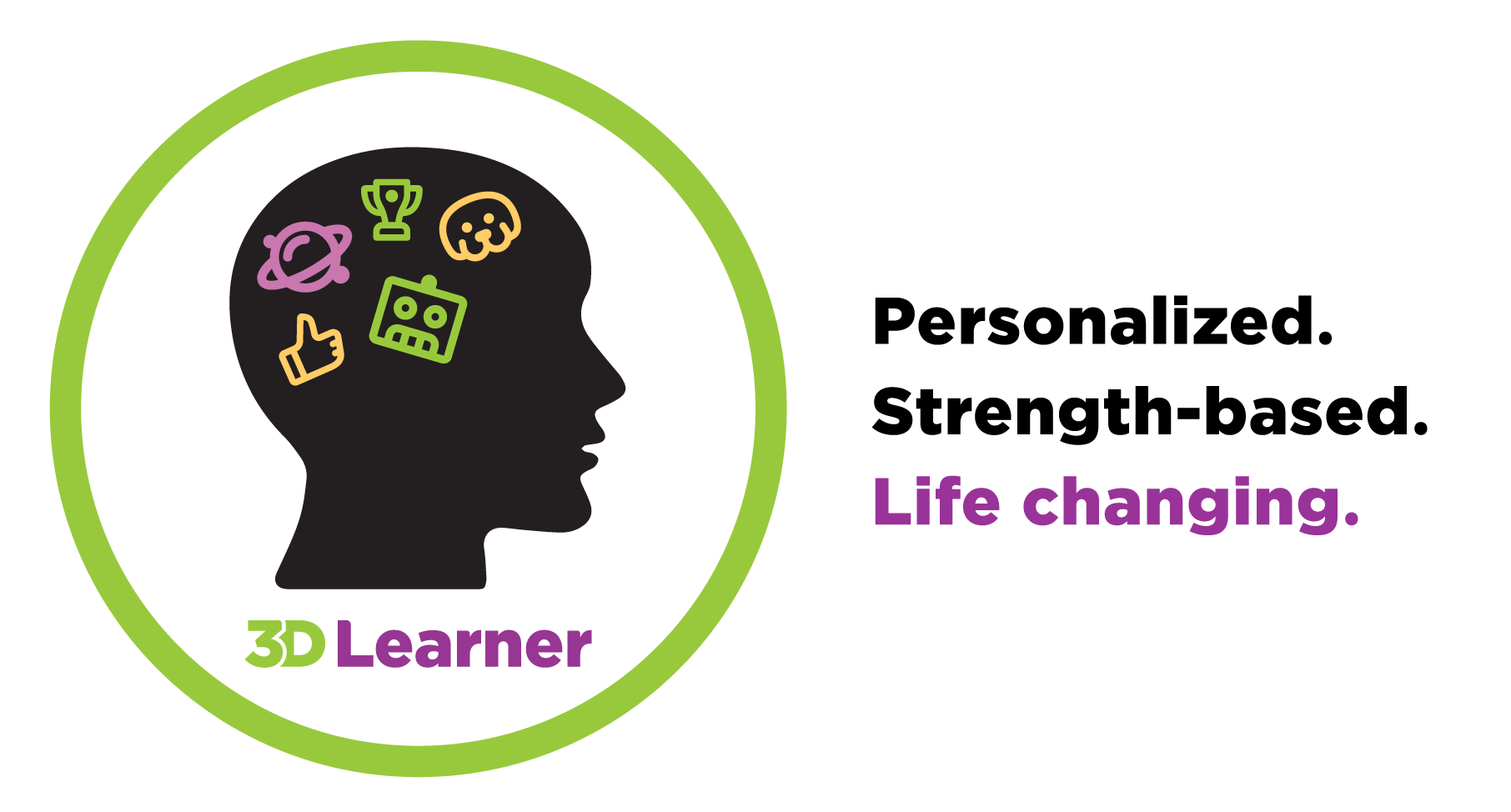


 OR
OR






Recent Comments